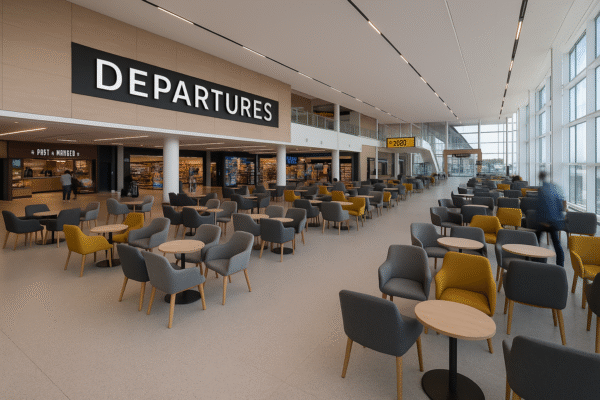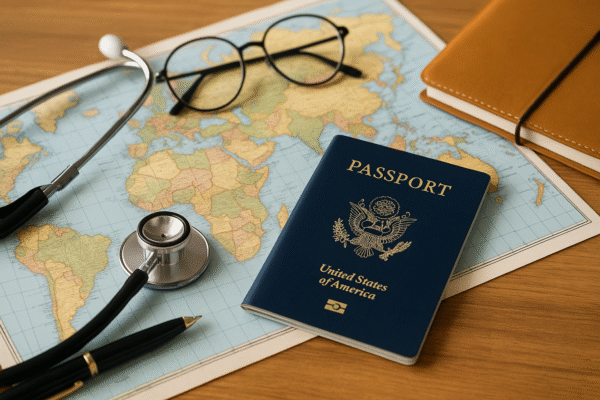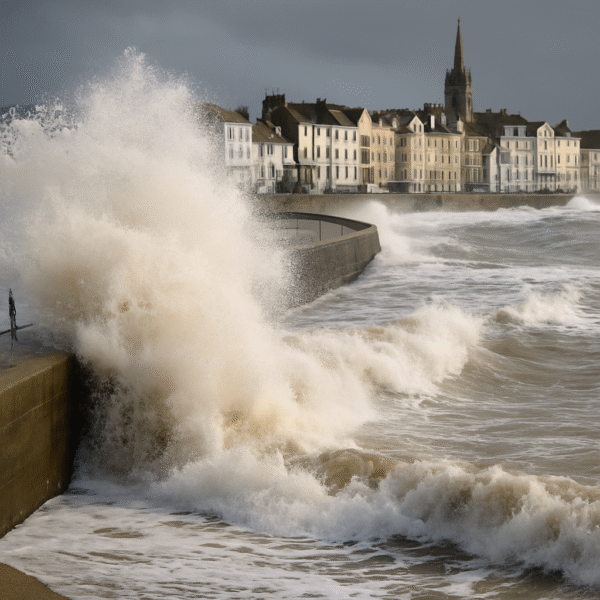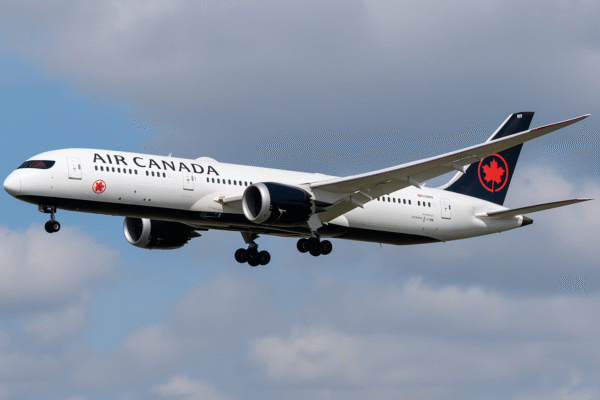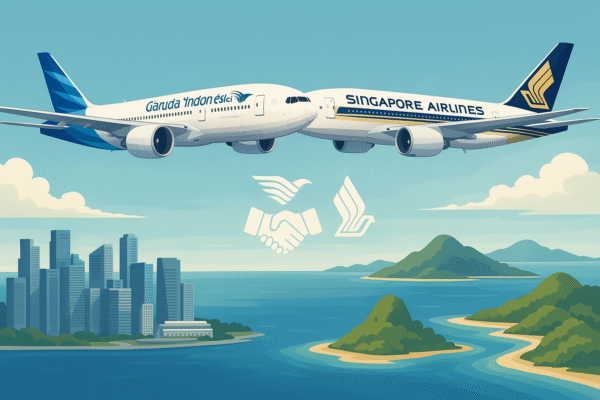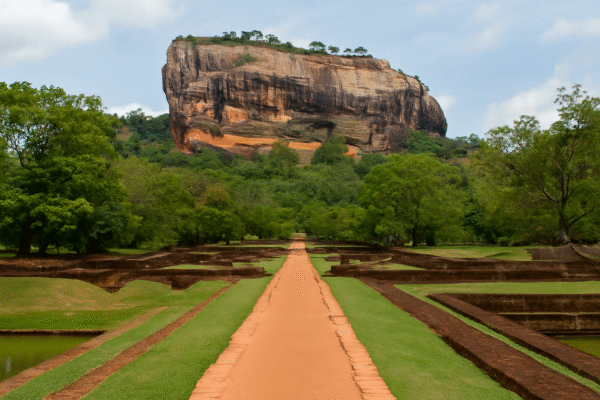COLOMBO, SRI LANKA – Once plagued by economic hardship and political instability, Sri Lanka is stepping confidently onto the global tourism stage in 2025. Recognized by several international travel platforms as one of the world’s must-visit destinations, the island nation is leveraging its ancient heritage, pristine coastlines, and warm hospitality to revive its tourism sector and rebuild its economy.
As Sri Lanka navigates its post-crisis recovery through debt restructuring and international loans, tourism is playing a pivotal role in restoring national confidence and generating much-needed revenue. The country’s leaders are promoting sustainable development that protects cultural identity while improving travel safety, infrastructure, and equity within the sector.
From Crisis to Comeback: A Nation Rebuilding Through Tourism
Sri Lanka’s recent past has been shaped by economic collapse, currency devaluation, and political protests. Yet, in the midst of hardship, the nation’s rich cultural tapestry, biodiversity, and resilient people have continued to attract global attention. According to a 2025 international travel survey by Travel & Leisure Asia, Sri Lanka ranks among the Top 10 Emerging Travel Destinations, citing its UNESCO World Heritage Sites, the scenic hill country, and world-class beaches.
But Sri Lanka’s ambitions go beyond recognition. The government is actively addressing deep-rooted issues that have previously hindered inclusive tourism. A key focus is creating fair economic participation for locals, especially in areas where foreign ownership dominates.
Balancing Opportunity and Ownership: The Case of Arugam Bay
One pressing example is Arugam Bay, a surfing paradise in the Eastern Province. Once dominated by local businesses, the area has increasingly seen foreign entrepreneurs seize control of hospitality services, marginalizing native residents. This growing disparity has triggered concern among policymakers and communities.
Authorities, backed by the Ministry of Tourism and Lands, are introducing reforms to ensure that tourism profits benefit Sri Lankan citizens first. New licensing regulations, microloans for local startups, and skill development programs are being rolled out to level the playing field and prevent exploitation.
Improving Infrastructure: From Airports to Hill Country Access
One of the biggest deterrents to seamless travel in the past was infrastructure bottlenecks, particularly between Bandaranaike International Airport in Negombo and tourist hotspots like Kandy, Ella, and Galle. While improvements in highway connectivity have eased congestion, challenges remain in rural regions.
The Road Development Authority of Sri Lanka has announced new investments in safer trekking routes, better lighting in tourist zones like Ella, and upgrades to transportation terminals. Tourist safety remains a priority, with measures being taken to prevent overcrowding and improve emergency response systems.
Rebuilding Trust Through Transparency and Security
Trust is a cornerstone of sustainable tourism. Unfortunately, overcharging, price manipulation, and poor vendor ethics have cast shadows over Sri Lanka’s tourism experience in recent years. This has led to viral content on platforms like YouTube exposing scams targeting unsuspecting visitors.
To counter this, the government is now expanding the Tourist Police Division to all major travel destinations. Their role includes monitoring pricing, ensuring legal compliance, and protecting visitors from harassment. Moreover, the Sri Lanka Police’s educational YouTube channel—recently surpassing 100,000 subscribers—underscores a shift toward public awareness and crime prevention.
Cultural Misinterpretation and the Ramayana Trail
Sri Lanka’s tourism potential is deeply rooted in its mythological and religious heritage, especially sites on the Ramayana Trail such as Seetha Kovil in Nuwara Eliya. However, narratives surrounding figures like Ravana—portrayed as a villain in Hindu epics but revered as a legendary monarch by Sri Lankans—have led to cultural confusion among foreign tourists.
To bridge this gap, the Ministry of Cultural Affairs is partnering with academics and tour operators to standardize historical storytelling in line with local perspectives. Literary contributions, including new interpretations of the Ravana legend by Indian and Sri Lankan authors, are expected to help reshape international understanding of the island’s mythology.
Visa-Free Travel and Hospitality: A Strategic Edge
In a bid to attract more visitors, Sri Lanka has waived visa requirements for citizens of seven key markets, including India, China, Russia, and select ASEAN countries. This move significantly lowers entry barriers and enhances regional competitiveness, especially against neighbors like Thailand, Vietnam, and Maldives.
The heart of Sri Lanka’s appeal, however, remains its people. Known for their genuine smiles and unparalleled hospitality, Sri Lankans are central to the country’s charm. The focus now is on empathy-driven service—treating every traveler as a guest, not just a customer.
A New Direction for Tourism in Sri Lanka
From the lush tea fields of Ella to the coastal serenity of Galle Fort, Sri Lanka’s beauty lies not only in its landscapes but also in its cultural layers and human warmth. But this beauty must be protected.
Authorities recognize that to thrive as a tourism hub, Sri Lanka must address inequality, enhance safety, improve transparency, and honor its heritage. The Tourism Ministry is preparing a National Sustainable Tourism Policy 2025, which will outline climate-resilient planning, waste management in tourist areas, and community-based tourism models.
Conclusion: A Destination Reimagined for a Fairer Future
As the world rediscovers Sri Lanka, the nation must balance promotion with preservation. The government’s current direction—investing in local empowerment, safety, infrastructure, and cultural integrity—signals that Sri Lanka is not merely returning to the travel map, but redefining its place on it.
With the right policies and people-focused development, Sri Lanka can transform its tourism sector into a model of inclusive and sustainable growth, offering authentic experiences to travelers while uplifting local communities. For visitors, this means one thing: Sri Lanka is not just ready to welcome you—it’s ready to inspire you.
For more travel news like this, keep reading Global Travel Wire


